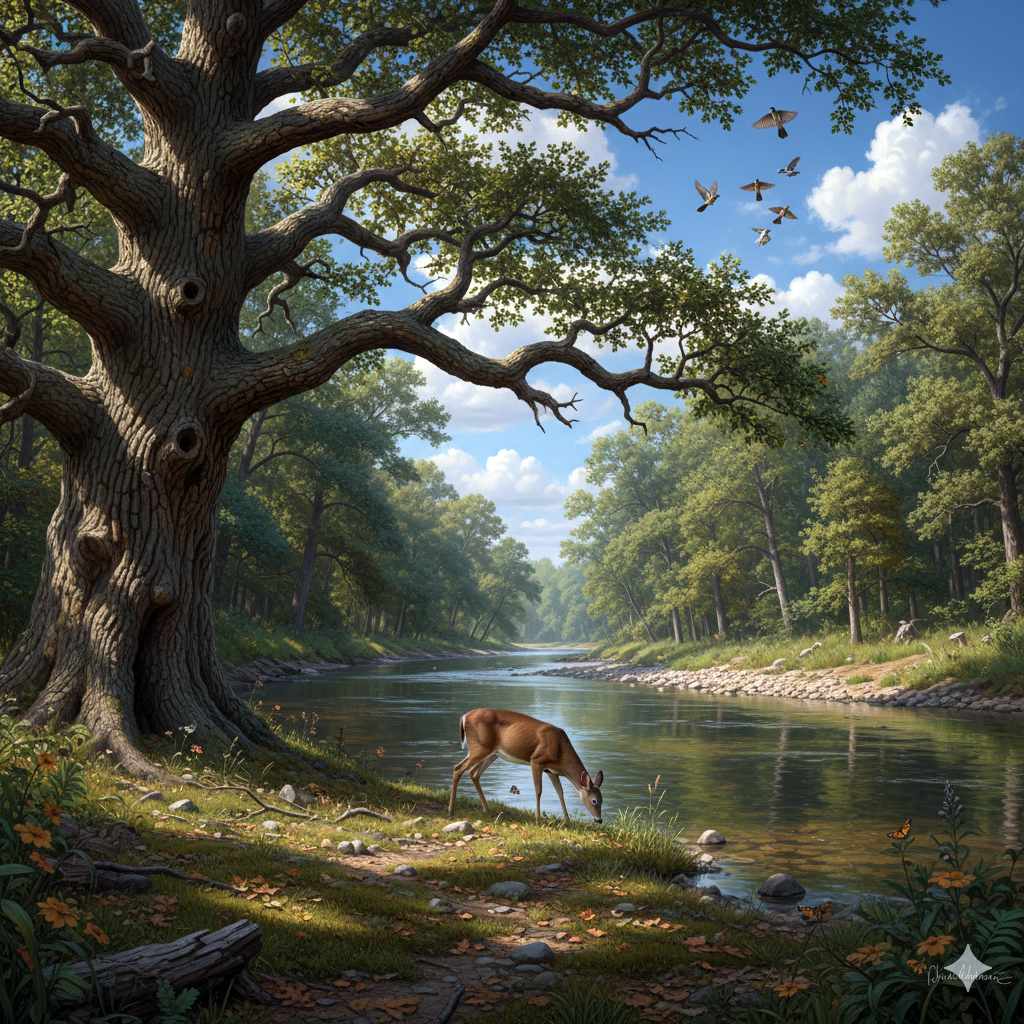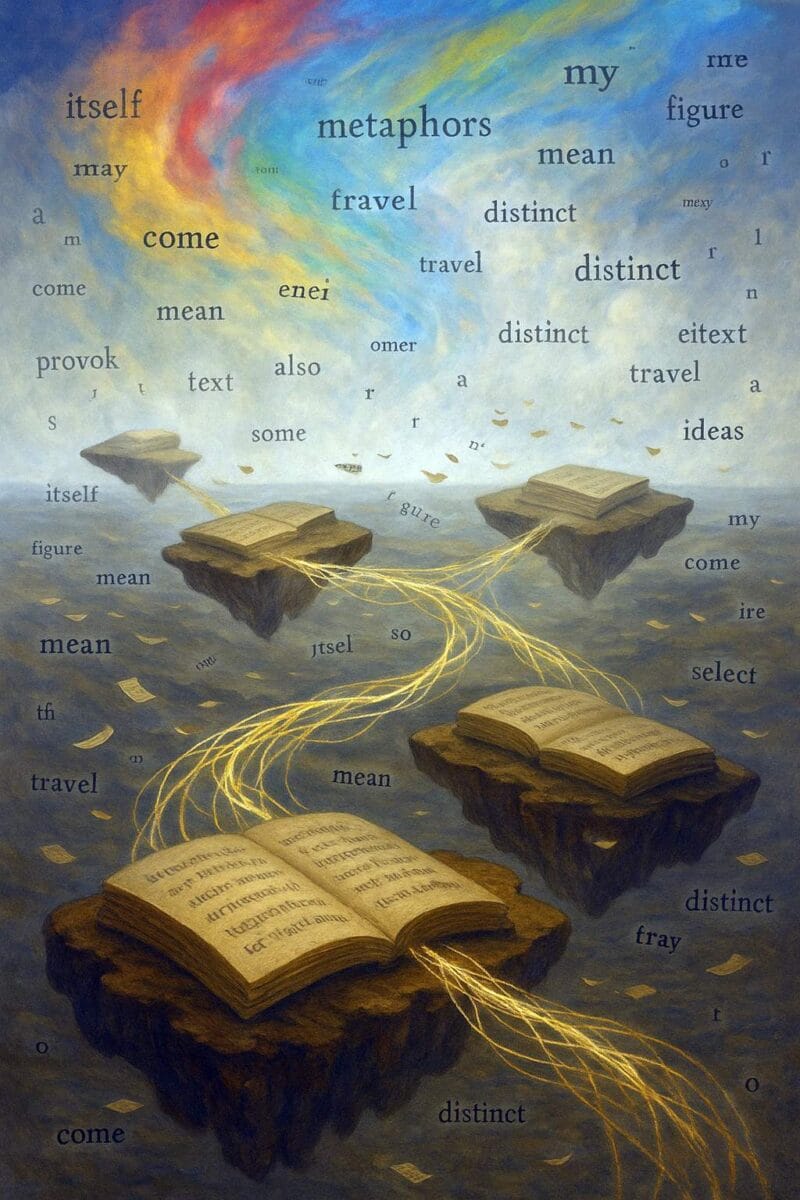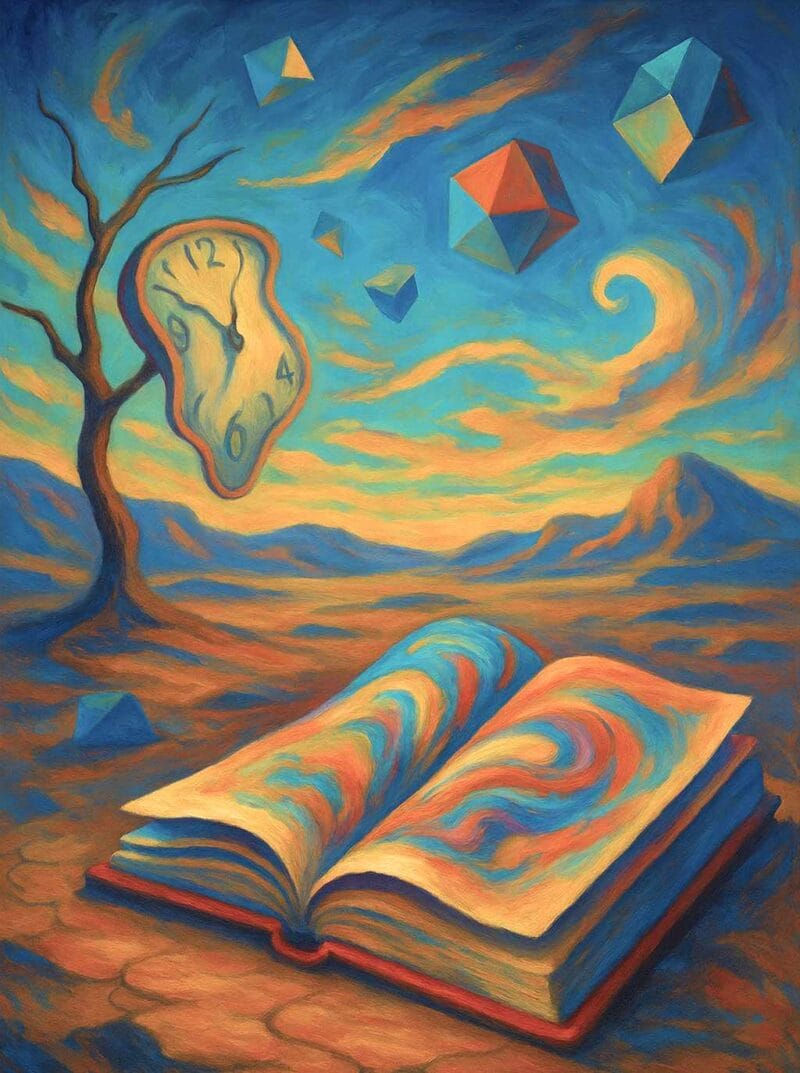Naturalism in literature emerged in the late nineteenth century as both an extension of realism and a challenge to its limits. While realism focused on faithful depictions of ordinary life, naturalism pressed further. It insisted that human behavior could be studied with the rigor of science. Writers associated with the movement treated people as subject to factors beyond their control: heredity, environment, and social conditions. Consequently, they created works that often carried the impact of social critique. They also maintained a detached, almost clinical lens.
Origins of Naturalism in Literature
The movement found its theoretical foundation in the writings of French novelist Émile Zola, whose essay “Le Roman expérimental” (1880) outlined the idea of the novel as a kind of laboratory experiment. Zola believed that fiction should expose the determining factors of human behavior, much as biology reveals the workings of natural law. His novels, such as Germinal (1885) and Thérèse Raquin (1867), applied this principle to working-class life, sexuality, and the struggle for survival.
In the United States, naturalism gained momentum through writers like Stephen Crane, Frank Norris, and Theodore Dreiser. Crane’s Maggie: A Girl of the Streets (1893) depicted a young woman destroyed by poverty and social neglect. Norris’s McTeague (1899) offered a portrait of greed and violence conditioned by brute instinct. Dreiser’s Sister Carrie (1900) explored the rise and fall of a young woman in a commercialized urban world. The novel stressed the impersonal pressures of money and desire.
Defining Features of Naturalism
The distinct features of naturalism in literature can be traced to its reliance on scientific determinism. Writers treated characters less as autonomous agents and more as subjects molded by circumstance. Several recurring qualities characterize naturalist fiction:
- Determinism: Characters’ fates are governed by heredity, social environment, and chance events.
- Objectivity: Narratives are presented with a dispassionate tone, avoiding overt moral judgment.
- Focus on the marginalized: Stories often center on working-class individuals, immigrants, or those on society’s edges.
- Themes of survival and violence: Human existence is framed as a struggle for survival, sometimes reduced to its rawest instincts.
These qualities gave naturalist works a distinctive intensity, even when the subject matter seemed bleak.
Naturalism vs. Realism
Though naturalism developed from realism, the two movements should not be conflated. Realist authors such as William Dean Howells sought to capture life as it was lived, emphasizing the ordinary without imposing scientific theory. Naturalist authors, however, interpreted life through the lens of determinism. This distinction explains why naturalist fiction often feels harsher, more pessimistic, and less forgiving of human aspiration.
Themes in Naturalist Literature
- The power of environment: Environment plays a commanding role in naturalist fiction. In Jack London’s short story “To Build a Fire” (1908), the Yukon landscape becomes an indifferent force that overwhelms human will. The protagonist’s failure to respect natural limits illustrates how environment can dictate the course of life and death.
- Heredity and biological forces: Many naturalist writers drew from Darwin’s theory of evolution to highlight the role of inherited traits. Characters frequently display compulsions, weaknesses, or desires that seem innate. Norris’s McTeague presents its protagonist as brutish and instinct-driven, suggesting that biological inheritance influences his decline as much as social factors.
- Social class and economic pressure: Urban poverty, labor struggles, and economic ambition fill the pages of naturalist novels. Dreiser’s Sister Carrie examines how commercial culture and financial need chart the destiny of its heroine. Naturalist literature often highlights how class boundaries and economic realities leave individuals little room for self-determination.
Influential Authors and Works
Many of the writers already discussed (Zola, Crane, Norris, Dreiser, and London) carried the influence of naturalism through their most enduring works. Since the movement’s themes are now clear, it becomes possible to trace them more closely in the specific novels and stories that established its legacy.
- Émile Zola: Earlier noted as the theorist of the movement, Zola’s vision came to life most fully in the Rougon-Macquart cycle, a twenty-volume series that mapped heredity and environment across generations. Germinal (1885), perhaps his most powerful novel, dramatizes the grinding realities of coal miners’ lives while capturing collective struggle.
- Stephen Crane: Introduced as one of naturalism’s first American voices, Crane refined its principles in both Maggie: A Girl of the Streets (1893) and The Red Badge of Courage (1895). The former strips urban poverty of sentimentality, while the latter treats war not as a theater of heroism but as an indifferent mechanism testing human limits.
- Frank Norris: Already mentioned for McTeague (1899), Norris also carried naturalist preoccupations into The Octopus (1901), which exposed the crushing grip of corporate monopolies on California wheat farmers. His fiction blends instinctual drives with vast economic systems, showing individuals caught between inner compulsion and external pressure.
- Theodore Dreiser: Recognized earlier for Sister Carrie (1900), Dreiser extended naturalist concerns into An American Tragedy (1925), where ambition collides with circumstance in a society governed by money and status. His characters often pursue desire with blind intensity, only to meet consequences dictated by forces larger than themselves.
- Jack London: Known for dramatizing survival against indifferent nature, London’s stories, such as “To Build a Fire”, sharpen the theme of environment’s dominance over human will. His larger works, including The Call of the Wild (1903), highlight the pull of instinct and the fragility of civilization.
The Legacy of Naturalism
Although the naturalist movement waned by the early twentieth century, its influence remains visible. Modern authors exploring themes of systemic inequality, environmental determinism, or the immense pressure of institutions often echo naturalist techniques. The movement also recalibrated literary criticism by encouraging scholars to treat fiction as a social document and as a reflection of scientific thought.
Naturalism in literature thus represents more than a style of writing. It stands as a vision of humanity determined by forces larger than individual will, a recognition that art can both reveal and record the pressures of biology, society, and environment.
Further Reading
Émile Zola on Wikipedia
Naturalism (literature) by New World Encyclopedia
On the Influence of Naturalism on American Literature by Xiaofen Zhang, eric.ed.gov
What are the characteristics of naturalisms in literature? on Quora




